Experts say that in order for green credit to truly play its role as a "driving force" for a sustainable economy , Vietnam needs to quickly develop a complete "rules of the game" with specific criteria and regulations, creating conditions for businesses to access green capital more easily.
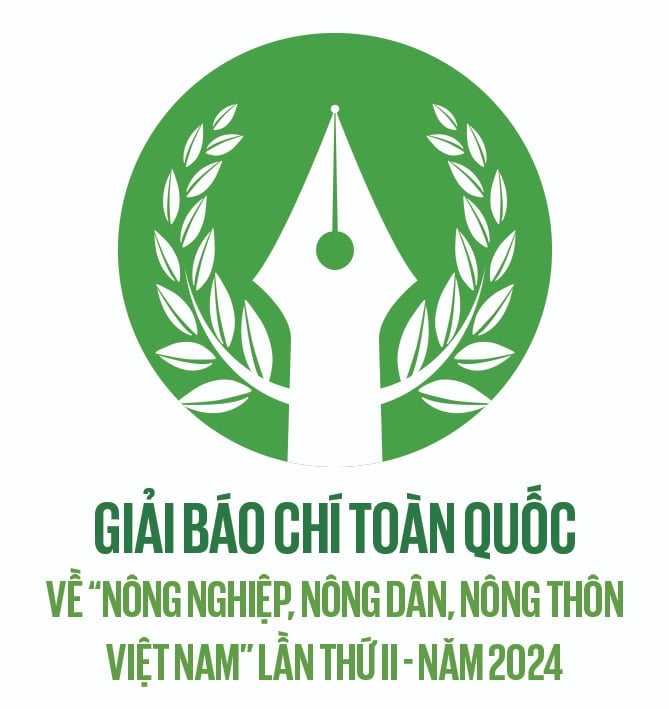
Enterprises struggling with "green fulcrum" is one of the issues raised by Mr. Nguyen Hai Anh, Deputy General Director of Shinec Joint Stock Company. He shared that Nam Cau Kien Industrial Park ( Hai Phong ) has established three main circulations to protect the environment and move towards sustainable development. However, more than 70 enterprises in the industrial park still face difficulties in converting to a green model, with nearly 60 enterprises wishing to access green finance, including green credit, but still struggling with legal requirements and specific criteria.
Shinec's sharing is also the "feeling" of many businesses that want to go green but are "powerless" due to lack of green capital. Ms. Pham Thi Ngoc Thuy, Director of the Office of the Private Economic Development Research Board (Board IV), emphasized that many businesses still face difficulties when wanting to access green credit capital, due to the lack of a national green classification list. The green classification list and criteria will not only raise awareness of businesses but also create a basis for banks and investment funds to evaluate and confirm "green" projects.

Green credit capital is the "midwife" for a sustainable economy. (Photo: To Khanh)
Build a complete set of rules
Green capital, capital invested in projects and activities that benefit the environment from banks, will act as a "lever" to promote the development of the economy in a sustainable direction. However, statistics show that although green credit has grown rapidly, its scale is still modest: from 3.3% in 2018, green credit only accounts for 4.5% of total credit in the whole system by the end of 2023.
Associate Professor Dr. Pham Thi Hoang Anh, Deputy Director of the Academy in charge of the Board of Directors, Banking Academy, pointed out the fact that green credit in recent times has mainly developed thanks to the direction of the State Bank, rather than from the internal needs of commercial banks. She commented that currently, documents such as the Environmental and Social Risk Assessment Handbook are still only for reference and encouragement, not mandatory.
She also pointed out many reasons why green credit has not developed strongly, including: unsynchronized legal regulations, limited capital sources, lack of experience and skills in managing environmental and social risks, as well as high market risks in the renewable energy, energy saving and efficiency sectors. In particular, the lack of synchronization in green criteria is one of the biggest barriers. The approval and monitoring process for green loans is also complicated and time-consuming, hindering businesses in accessing green capital.
Agreeing with Ms. Thuy's point of view, the Deputy Director of the Banking Academy said that it is necessary to quickly complete the legal framework on green credit and increase the compulsory level to achieve the green growth target. In addition, it is necessary to diversify capital sources for green credit, giving priority to credit serving sustainable development through monetary policy tools.
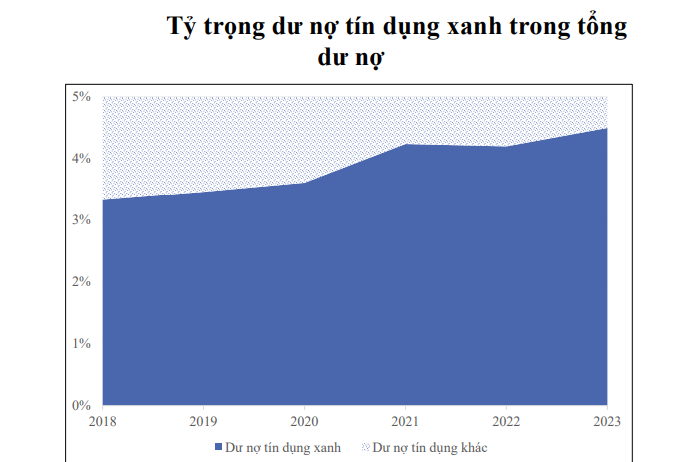
Source: SBV
Dr. Can Van Luc, Chief Economist of BIDV , commented that Vietnam is gradually catching up with global thinking on green growth, with a relatively complete system of legal documents and action strategies. However, the scale of green credit only accounts for 4.5% of total outstanding loans, and green bonds have only reached 1.16 billion USD in the past 5 years—a figure too small compared to the capital demand of about 20 billion USD per year to achieve the green transformation goal.
According to Dr. Luc, the implementation of green credit still faces difficulties due to the lack of a legal framework and overall policies, while the loan capital is mainly short- and medium-term, not meeting the preferential interest rate requirements of borrowers. For green bonds, detailed instructions, management mechanisms and information technology infrastructure are still lacking.
"It is necessary to soon issue a set of criteria for green projects, green buildings, green offices, and update the criteria for green bonds and green credit in line with new goals and international standards. Simplifying procedures, perfecting policies and encouraging domestic organizations to participate in the process of confirming, certifying green projects and green labeling will create a driving force for sustainable development for the economy," Dr. Luc proposed.
Dr. Le Xuan Sang, Deputy Director of the Vietnam Economic Institute, pointed out that promoting green credit currently faces many challenges, such as the lack of standards on valuation and green portfolios, making it difficult for financial institutions to lend and issue green bonds. The lack of a strict regulatory framework also leads to the risk of "greenwashing" - when green bonds do not really meet environmental standards.
Dr. Sang emphasized the need to establish complete and clear "rules of the game" for green credit and green finance. This includes building an information system, market data and a list of green bonds and stocks with specific legal definitions; introducing a green portfolio with strict criteria to effectively mobilize capital and build trust with investors. "Building trust and market discipline is essential, especially in the current context," he said.
ADB Chief Economist in Vietnam, Mr. Nguyen Ba Hung, agrees with this view and emphasizes that perfecting the legal framework for green economic activities is a key factor for developing green finance, including green credit from credit institutions. In particular, issuing a green classification list and criteria is an important basis for banks to appraise and monitor green credits, helping businesses easily access capital sources.
According to Mr. Hung, it is necessary to complete both the legal framework for green economic sectors and develop the financial market to lay the foundation for green credit, including requiring businesses to report and self-assess their impact on green criteria.
He also emphasized that the issuance of the green list and criteria must be accompanied by specific quantitative targets in line with Vietnam’s international commitments, thereby creating real motivation for green credit. This helps avoid the situation of “fake green” – when activities are only green on paper but not really effective for the environment.
"Only when there is a specific and transparent legal framework, including a list of green investment project types, capacity indicators, environmental and emission thresholds, etc., will the State Bank have the basis to issue guidelines for green lending for commercial banks to implement. Currently, banks lend based on different sets of criteria, developed by the banks themselves and are being compiled according to the guidance of the State Bank and GIZ since 2017. When there is a complete legal framework, the scale of green credit in the total outstanding credit of the whole industry will certainly be much larger than it is now," Ms. Pham Thi Thanh Tung, Deputy Director of the Department of Credit for Economic Sectors (State Bank) shared with Dan Viet.
Incentives needed in the "green" revolution
On the commercial bank side, Ms. Phung Thi Binh, Deputy General Director of Agribank, proposed that in order to promote the green revolution in the financial sector, ministries and branches need to urgently issue a legal framework and specific guidelines on green credit. A clear legal corridor not only helps businesses and financial institutions have a legal basis to participate in the green credit market but also creates a premise for sustainable development. Essential requirements include building a green classification list and defining green project criteria suitable for each economic sector of Vietnam, thereby creating a basis for credit institutions to appraise, evaluate and monitor green loans.
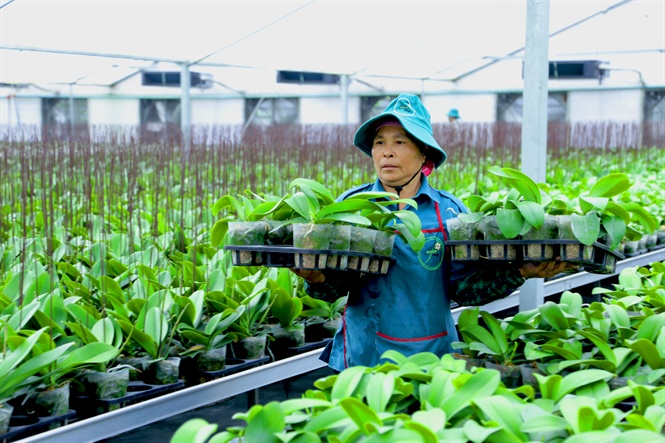
Flower growing model with current technology in Dan Phuong, Hanoi.
In addition, the State Bank also needs to continue to improve the legal framework and implement special mechanisms and policies for green credit. The development of these separate regulations will encourage commercial banks to boldly invest in green projects and fields, while closely linking with the country's sustainable development goals.
To increase the attractiveness of green credit, representatives of commercial banks also recommended that the Government, the Ministry of Natural Resources and Environment and the Ministry of Finance promote the carbon market in Vietnam. Preferential policies on taxes, fees, insurance and interest rates for businesses that practice ESG (Environmental, Social and Governance) standards will create a great incentive for businesses to participate in activities to minimize environmental impacts.
Agribank's proposals are also the common voice of other banks such as BIDV, MB, HDBank,...
ADB Chief Economist Nguyen Ba Hung agreed that green capital sources do not currently offer attractive financial benefits. Therefore, the Government should have incentive mechanisms such as reducing corporate income tax for financial institutions developing green credit, as well as supporting interest rates for green credit loans.
Mr. Nguyen Hoa Cuong, Deputy Director of the Central Institute for Economic Management, emphasized the importance of reaching out to those who really need it. "When building any incentive policy, the important issue is how many businesses know about it and whether it really reaches the right target audience," Mr. Cuong emphasized.
Early development and implementation of a complete and transparent "rules of the game" for green credit will not only motivate businesses to develop sustainably, but also ensure that Vietnam will achieve national goals on green growth and environmental protection in the long term.
In the process of drafting the green classification criteria set to submit to the Government, the Institute of Strategy and Policy of the Ministry of Natural Resources and Environment worked closely with the State Bank and consulted international organizations. Vietnam's green classification criteria set was built according to international standards, focusing on areas such as energy, emission control, packaging criteria and plastics in agricultural products.
The set of criteria is now in its final stages before being issued by the Prime Minister. To ensure transparency, independent auditing companies will be responsible for assessing and certifying green criteria for businesses, individuals and cooperatives. This approach is not only similar to countries that have applied green classification systems, but also ensures that green procurement activities in public investment will be strictly controlled, limiting the situation of "green washing".
Associate Professor, Dr. Nguyen Dinh Tho
Director of the Institute of Policy Strategy - Ministry of Natural Resources and Environment

Source: https://danviet.vn/tin-dung-xanh-dong-luc-cho-phat-trien-ben-vung-xay-dung-luat-choi-hoan-chinh-bai-cuoi-20241103170601567.htm






![[Photo] Opening of the 14th Conference of the 13th Party Central Committee](https://vphoto.vietnam.vn/thumb/1200x675/vietnam/resource/IMAGE/2025/11/05/1762310995216_a5-bnd-5742-5255-jpg.webp)









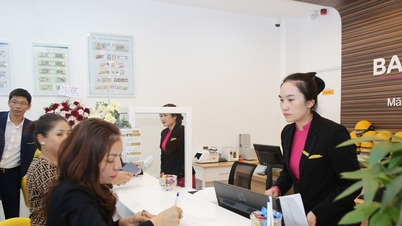

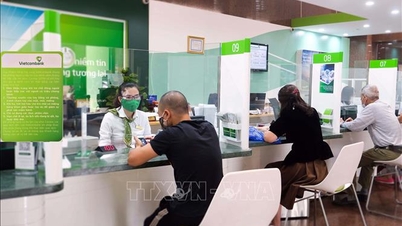

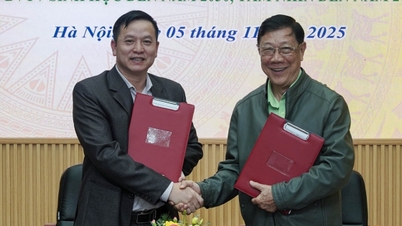

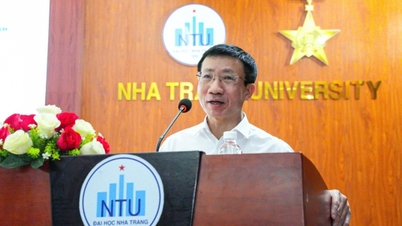
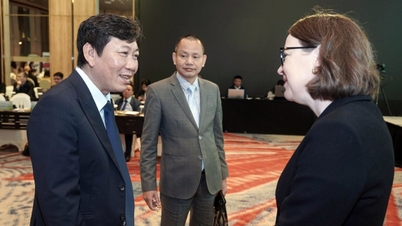
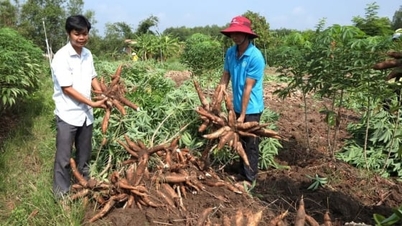













![[Photo] Panorama of the Patriotic Emulation Congress of Nhan Dan Newspaper for the period 2025-2030](https://vphoto.vietnam.vn/thumb/1200x675/vietnam/resource/IMAGE/2025/11/04/1762252775462_ndo_br_dhthiduayeuncbaond-6125-jpg.webp)















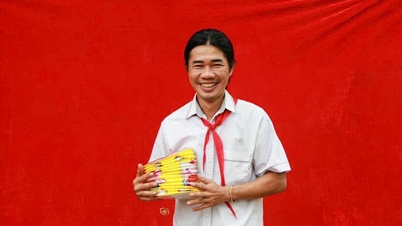

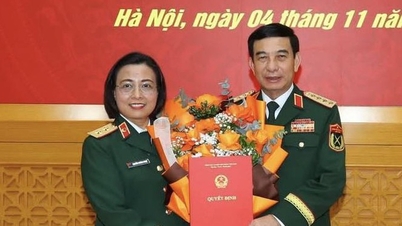

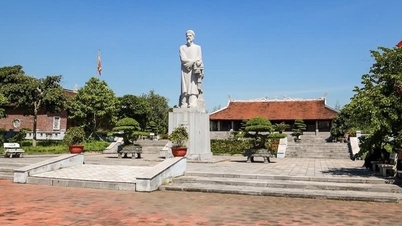


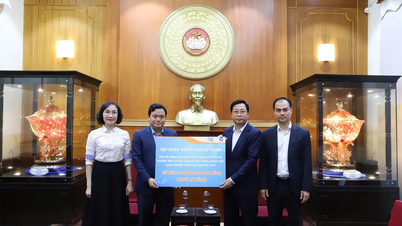



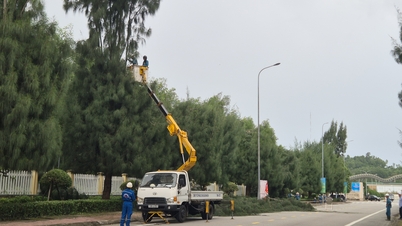
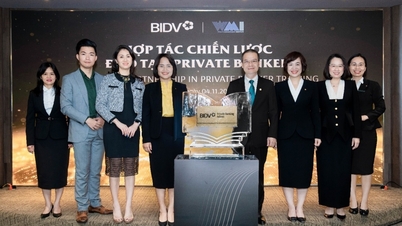


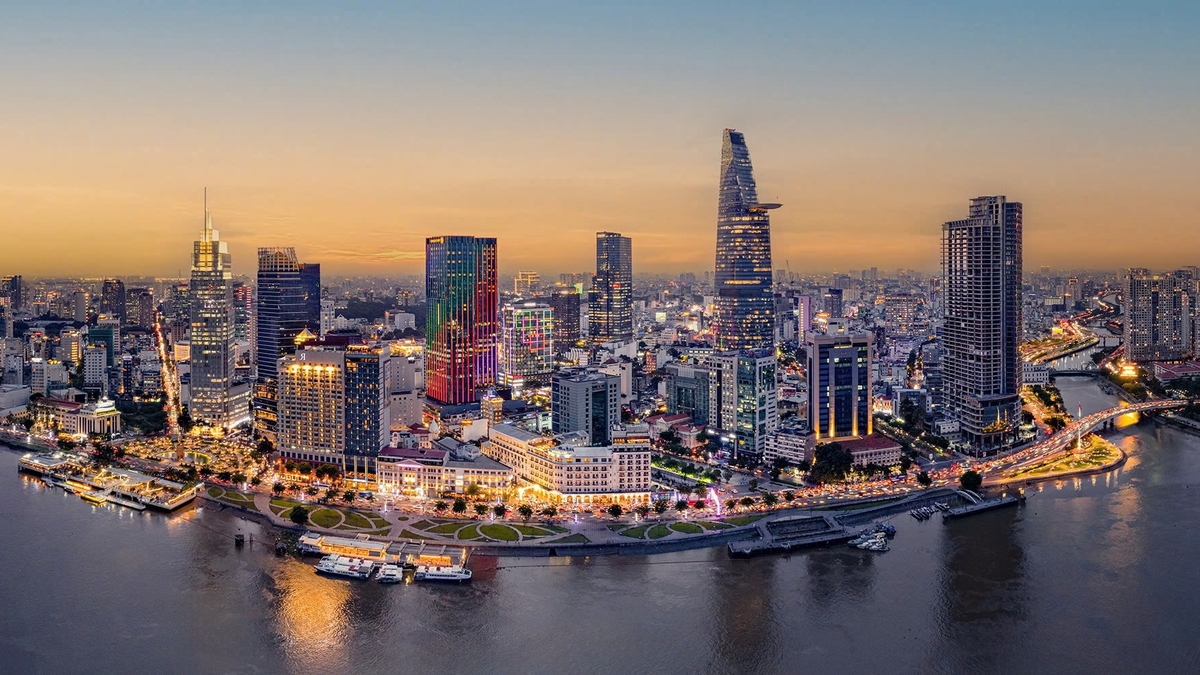
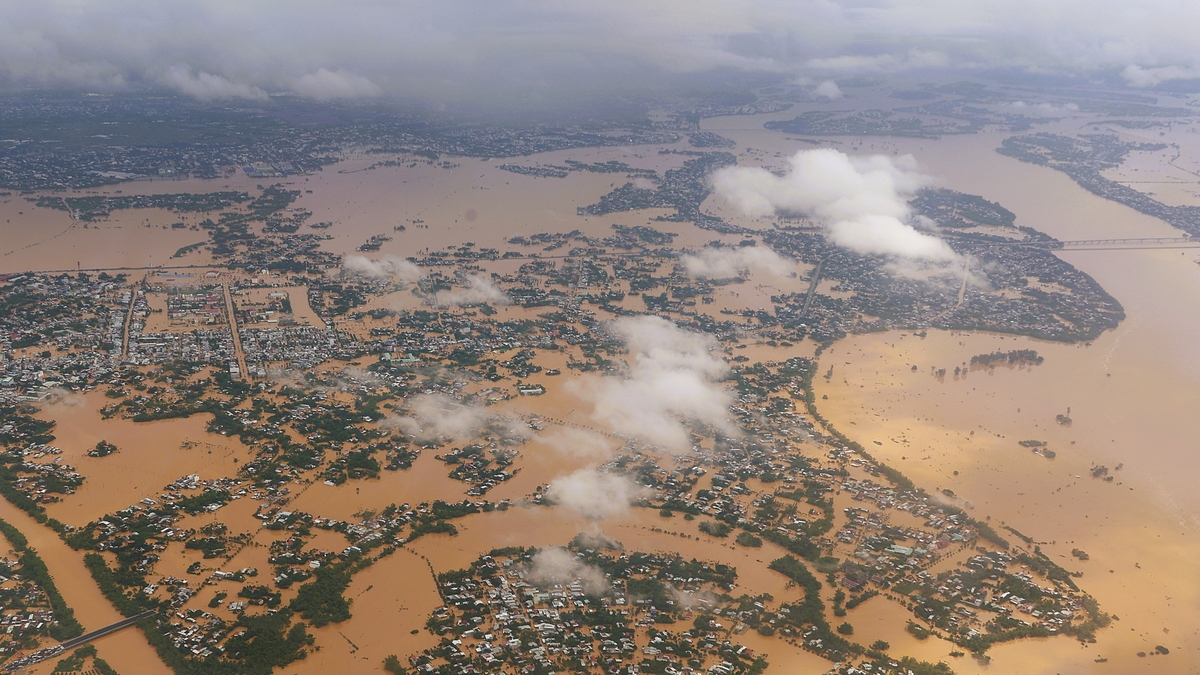
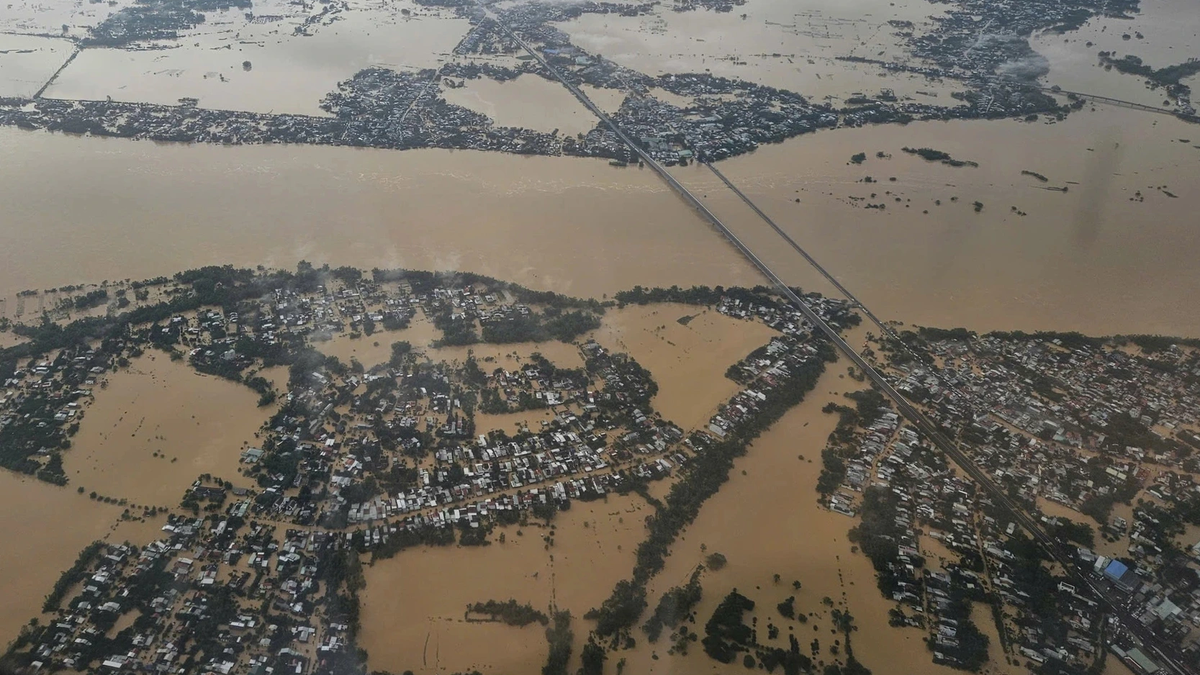


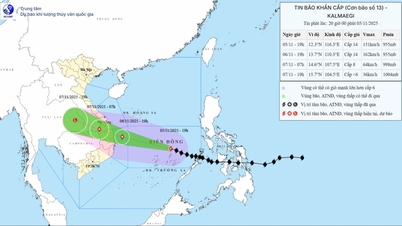
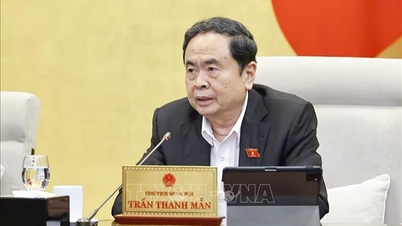
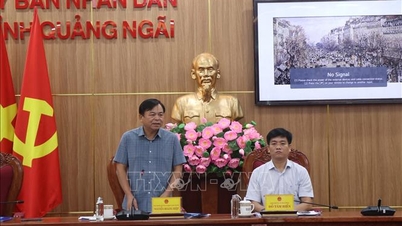





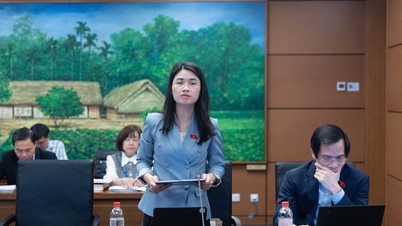




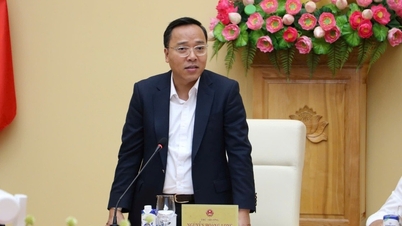






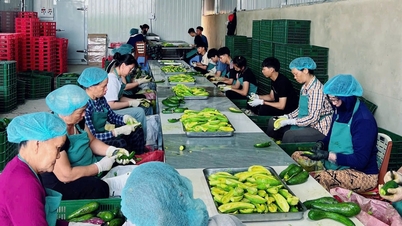





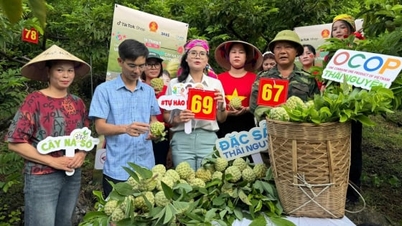









Comment (0)